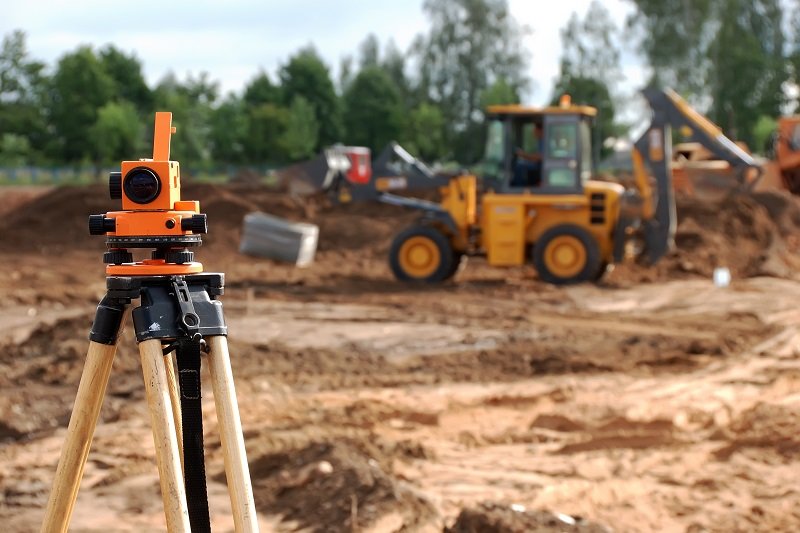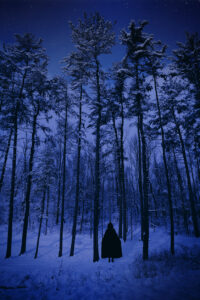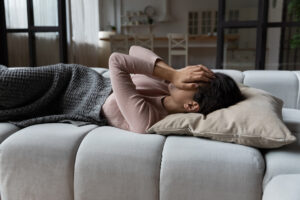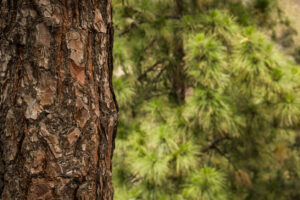I live in the Pacific NW and while beautiful and full of natural landscapes to bask in, some find the winters difficult with gray and wet skies, especially in these months of shortened daylight hours. Approximately 5% of folks...
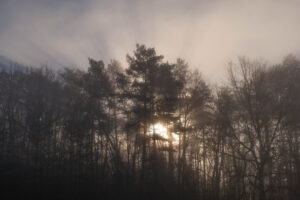 I live in the Pacific NW and while beautiful and full of natural landscapes to bask in, some find the winters difficult with gray and wet skies, especially in these months of shortened daylight hours. Approximately 5% of folks struggle with the impacts of seasonal affective disorder, or SAD, and it is more frequent in women than in men. Symptoms include sadness, changes in appetite and sleep, loss of energy, and difficulty concentrating. Conventional treatments often include prescription antidepressants. While that may be necessary for some, there are numerous natural medicine approaches that can help and be more than sufficient to make it through the SAD months.
I live in the Pacific NW and while beautiful and full of natural landscapes to bask in, some find the winters difficult with gray and wet skies, especially in these months of shortened daylight hours. Approximately 5% of folks struggle with the impacts of seasonal affective disorder, or SAD, and it is more frequent in women than in men. Symptoms include sadness, changes in appetite and sleep, loss of energy, and difficulty concentrating. Conventional treatments often include prescription antidepressants. While that may be necessary for some, there are numerous natural medicine approaches that can help and be more than sufficient to make it through the SAD months.
Consider these ideas:
DietNutritional advice is best given in a personalized plan, but the Modified Mediterranean Diet (the Mod/Med Diet) is one option to consider. In a study called the SMILES trial, study participants with major depression had improved symptoms The Mod/Med Diet contains high amounts of vegetables, fruits, whole grain cereal, oily fish, legumes, unsalted nuts and seeds, and extra virgin olive oil. It allows for moderate consumption of natural reduced-fat dairy products and lean red meat. This diet results in significantly reduced amount of sugar and inflammatory fats and oils.
Light TherapyYou’ve likely heard of this already, but full-spectrum light has been used for years as an effective approach to SAD. Meta-analysis and controlled clinical trials have consistently found a significant reduction in depression severity in both SAD and nonseasonal depressive disorders. I recommend a 10,000 LUX light box and sit in front of this for 30 minutes each morning. If you have the good fortune of sun, then 30 minutes outdoors in the sunlight. You can also replace your standard light bulbs with full-spectrum light bulbs throughout your house or office.
Eat your Mod/Med breakfast in front of your light box!
Nutraceuticals/BotanicalsThere is a good group of nutrient/botanical supplements that can be used for SAD. Which one is best for you, I cannot say here, but consider those with some meaningful research in the area of SAD and/or nonseasonal disorder depression. These include: St John’s wort, L-tryptophan, Vitamin D, SAMe, Vitamin B12, Folic acid, Magnesium and even more recent research on Curcumin, Probiotics or Saffron.
NatureAs a naturopathic physician, one of our fundamental principles is “the healing power of nature”. While being in nature is not the main intent of this principle, exposure to the natural world, especially trees/forests, are now a proven antidepressant therapy, amongst other effects such as immune enhancing, and regulating heart rate, blood pressure and even perhaps living longer. Find a green space close to you, and hopefully, make it a daily habit to be there, if not walk amongst the surroundings. Which takes us to exercise.
ExerciseExercise can help both SAD and nonseasonal depression. It releases endorphins and increases feelings of well-being. It also increases metabolism which helps improve energy levels. It doesn’t have to be fancy and you don’t have to be athletic. Any kind of physical activity will help, but regular, almost daily and for at least 30 minutes seems to be a marker of benefits.
Stay connected to people that are important to you and consider new connections and new healthy, heartwarming, soul satisfying activities.
I wish you a healthy and satisfying winter.






